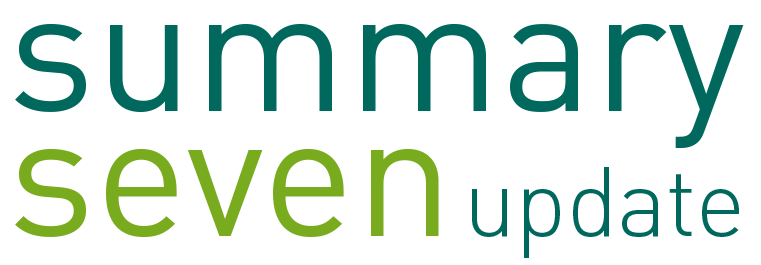Developers and providers of innovative wound care products in modern wound management are on the barricades because of a decision by the Federal Joint Committee (G-BA). The reason for this is the review of reimbursability with the help of clinical studies within a short period of time – until December 2021, so that proof of benefit can be provided. With a deadline of December 2, 2020, the G-BA had decided that all wound care products launched on the market before April 11, 2017, would have to provide proof of benefit by means of a narrowed definition of dressings. This then includes, for example, wound dressings containing silver and PHMB, but which, according to the manufacturer of the products, have proven their worth in chronic and poorly healing wounds. Without proof of benefit for reimbursement by the statutory health insurance (SHI), these products would then no longer be reimbursable, while all younger wound care products may no longer be reimbursed by the SHI funds due to the narrowed definition of dressings that reached market maturity after April 11, 2017. The cut-off date for this was also the decision of the G-BA of December 2, 2020.
For the manufacturers of these products, the new reform of the G-BA is an enormous challenge. For this reason, medical device manufacturers who are members of the German Medical Technology Association (BVMed) are calling for health policy makers to work with the association to make necessary adjustments to the reform.
For example, affected companies are calling for clear guidelines from the G-BA on the implementation of proof of benefit for innovative products in the field of wound care. A catalog of methods from the G-BA would be necessary, on the basis of which developers of the products can orient clinical studies. The providers of innovative product solutions also criticize the fact that longer transition periods are necessary, especially due to pandemics, because seriously ill, usually multimorbid people with wound healing disorders are not so easy to recruit for clinical studies. Therefore, manufacturers also need more time. In addition, the investments that have to be made in the proof of benefit are too high. Some manufacturers fear that they will be higher than the sales of these products.
The industry around BVMed also sees the requirement of proof of benefit by the G-BA as an orientation to the AMNOG (Arzneimittelmarktneuordnungsgesetz – German Medicines Market Reorganization Act), which was introduced in 2011 to bring about price regulation of innovative medicines in Germany. An additional benefit assessment was subsequently also introduced for new, patent-protected drugs in order to curb the rising drug expenditures of the SHI system.
Members of BVMed believe that the G-BA has been spurred on by the AMNOG and that it could be a heavy burden on the medical devices industry. They also criticize the fact that manufacturers of modern wound care products would need to be given advice by the G-BA before the benefit assessment procedure can begin. According to the G-BA announcement, if no additional benefit can be identified, the product in question will probably be removed from the list of reimbursable wound care products for the treatment of poorly healing wounds.
Source: Aerztezeitung
